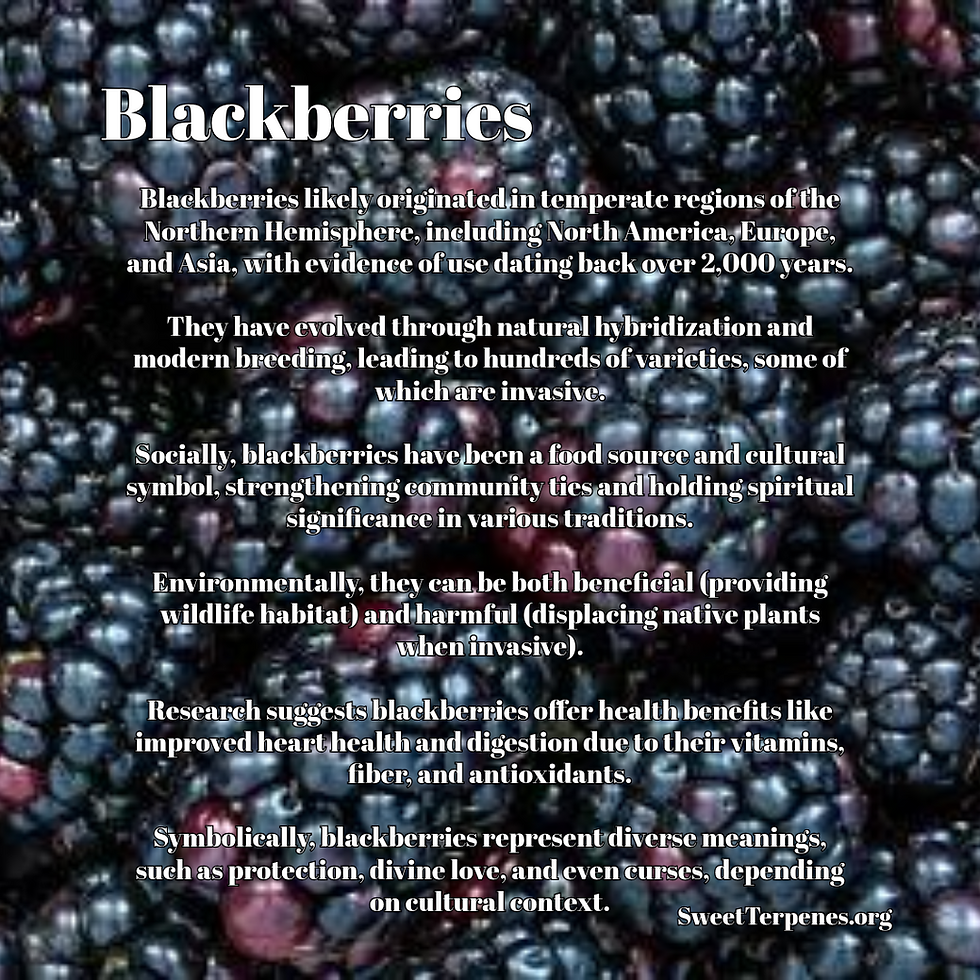The Dual Legacy of Strawberry Cultivation Exploring Its Social and Environmental Impacts
- Heather Stanley

- Jun 28
- 4 min read
Strawberries are more than just a delightful summer treat; they represent a significant part of our agricultural landscape. Their vibrant hue and sweet flavor evoke nostalgia, but beneath the surface, the story of strawberry cultivation reveals a complex blend of positive and negative social and environmental impacts. This post explores this dual legacy, highlighting both the benefits and challenges associated with strawberry farming today.

Historical Context of Strawberry Cultivation
Strawberries have been enjoyed since ancient times, with evidence showing that prehistoric peoples delighted in wild varieties. The journey to domestication accelerated in 18th-century Europe, giving rise to the many cultivars we relish today. This shift not only changed the fruit's popularity but also transformed agricultural practices and economic structures.
After the Industrial Revolution, larger tracts of land became available for strawberry farming, enabling mass production. While this allowed for increased supply, it often marginalized smaller farms, making it difficult for them to compete. In the U.S., the strawberry industry has grown to a value of over $3 billion annually, with California producing more than 90% of the nation’s strawberries.
Positive Social Impacts of Strawberry Cultivation

Economic Contributions
Strawberry farming plays a crucial role in local economies. In California alone, strawberry cultivation creates over 50,000 jobs during peak harvest, significantly boosting employment opportunities in rural areas. This sector supports not only growers but also farmworkers who traditionally depend on seasonal work.
Beyond providing jobs, strawberries drive agritourism, with visitors flocking to pick their own berries at local farms. For instance, some farms have reported a 30% increase in visitors during harvest seasons, helping local businesses thrive.
Community Engagement and Tradition
Strawberry festivals are a cherished tradition in many communities, celebrating the harvest and bringing people together. These events often attract thousands of attendees, featuring activities like berry-picking contests and delicious strawberry desserts. For example, the California Strawberry Festival attracts upwards of 50,000 visitors, reinforcing community ties and generating local tourism revenue.
These festivals also offer educational initiatives, teaching the community about sustainable farming techniques and nutrition. Engaging the public in conversations about food sources helps deepen their appreciation for agriculture and promotes healthier eating habits.
Negative Social Impacts of Strawberry Cultivation
Labor Exploitation and Inequality
While strawberry farming fosters economic growth, it also raises significant ethical concerns regarding labor practices. Many farmworkers face challenging conditions, working long hours for wages that often hover around the minimum wage. Reports indicate that nearly 50% of farmworkers in the U.S. experience food insecurity, highlighting the systemic inequalities within the industry.
Marginalized communities, particularly immigrant workers, bear the brunt of these challenges, often without sufficient access to fair labor protections. This underscores the urgent need for reform in agriculture to ensure workers receive fair treatment and pay.
Health and Nutritional Disparities
Access to fresh strawberries can highlight broader health disparities. In many urban neighborhoods classified as food deserts, residents may lack easy access to fresh produce, leading to higher rates of diet-related issues. A study found that areas without a supermarket often have obesity rates 30% higher than those with easy access to fresh fruits and vegetables.
To combat this, initiatives like community-supported agriculture and mobile farmers' markets aim to bridge the gap, ensuring that marginalized communities enjoy the nutritional benefits of fresh strawberries.
Positive Environmental Impacts of Strawberry Cultivation
Biodiversity and Ecosystem Development
Sustainable strawberry farming practices can enhance biodiversity. Organic farming techniques, such as crop rotation and reduced chemical input, promote healthy ecosystems. For instance, farms that adopt integrated pest management often see a 20% increase in pollinator populations, benefiting not only strawberries but also broader agricultural practices.
Well-managed strawberry farms can also create habitats for local wildlife. Initiatives that promote intercropping with native plants have been shown to improve soil health and attract beneficial insects, leading to more resilient agricultural landscapes.

Sustainable Practices and Innovation
As growers become more aware of environmental challenges, many are turning to sustainable practices that lower their ecological footprints. Strategies like drip irrigation can reduce water use by up to 50%, helping conserve this precious resource.
Emerging technologies, such as precision agriculture, enable farmers to monitor their fields more effectively, optimizing resource use and improving crop yields. This evolution in farming methodology reflects a commitment to sustainability without sacrificing quality.
Negative Environmental Impacts of Strawberry Cultivation
Chemical Dependence and Soil Degradation
Many conventional strawberry farms heavily rely on chemical fertilizers and pesticides. While these methods may yield immediate growth, they can severely degrade soil quality and contaminate local water sources. For example, studies have shown that pesticide runoff can lead to waterway contamination, contributing to nutrient pollution and algal blooms.
These blooms not only disrupt aquatic ecosystems but can also produce toxins that pose risks to human health, presenting a compelling case for reevaluating chemical agriculture strategies.
Resource Intensive and Climate Change
Strawberry cultivation is notably resource-intensive, demanding significant amounts of water and land. Over-extraction of water for large-scale strawberry farming has been a critical issue, especially in drought-prone regions like California. In some cases, strawberry farms consume five times more water than the average for other crops.
The unpredictability of climate change makes this situation more critical, as rising temperatures and extreme weather events can harm strawberry yields. Farmers must adapt to these shifts, which can threaten food security and economic stability.
Current Trends and the Future of Strawberry Cultivation
Facing these challenges, many stakeholders in the strawberry industry are pursuing innovative solutions. Collaboration among farmers, consumers, and policymakers is crucial in developing sustainable practices.
Consumer demand for organic and locally sourced strawberries is rising. Recent surveys indicate that nearly 70% of consumers prefer to buy locally grown produce when available, pushing growers to adopt more responsible farming methods. Chefs are also advocating for ethical ingredient sourcing, aligning with broader sustainability trends.

Embracing the Legacy of Strawberry Cultivation
The story of strawberry cultivation is multifaceted, encompassing both bright spots and challenges in social and environmental realms. As we enjoy these delicious berries, it is essential to recognize the implications of their production and strive for practices that honor both our communities and the planet.
With growing awareness surrounding these issues, there is significant potential for strawberry farming to evolve. By supporting equitable and sustainable practices, we can continue to cherish strawberries while ensuring their cultivation positively impacts our world for years to come.
*AI Generated











Comments